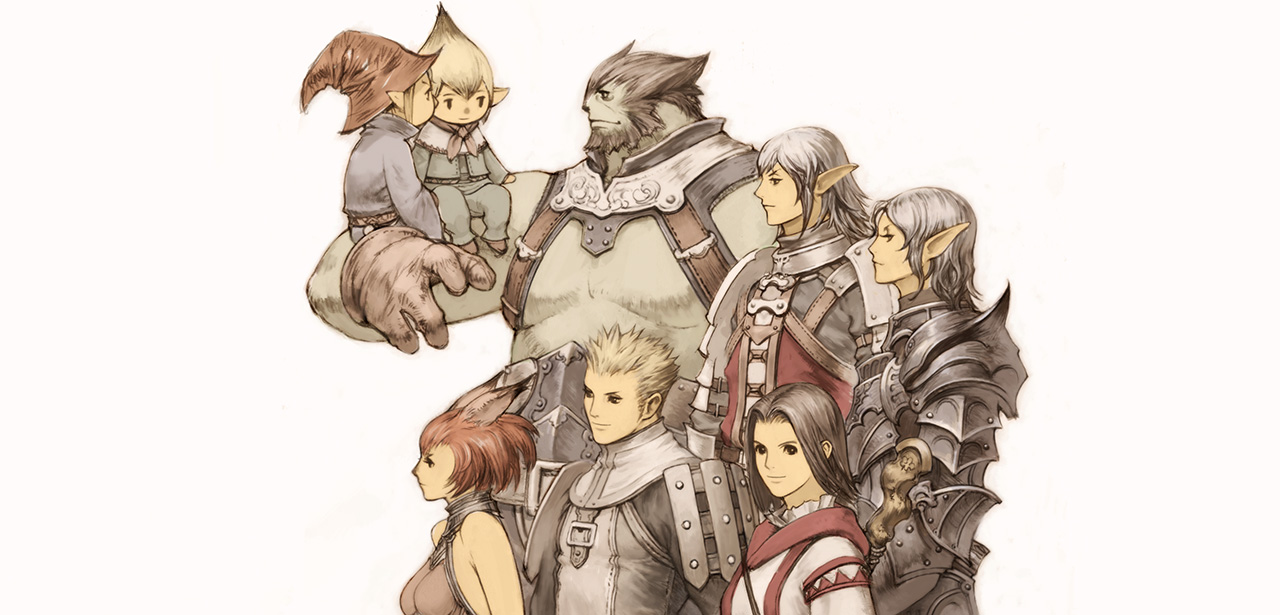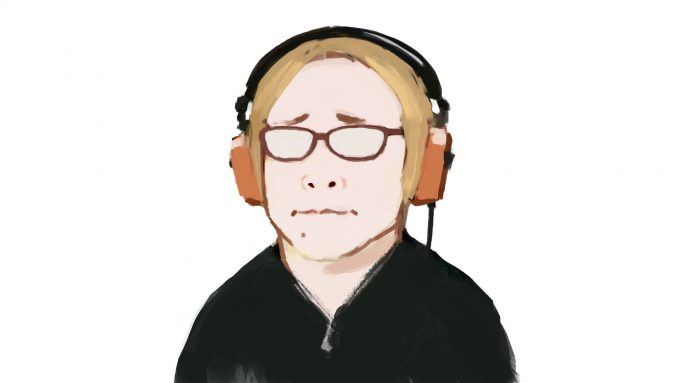WE GREW VANA’DIEL is a series of interviews with those who were involved in the development of FINAL FANTASY XI (FFXI), as well as guests from other companies. Our guest for this installment is Ryosuke Aiba, the original Art Director of FFXI who designed backgrounds and monsters, as well as the infamous subligar. How did Mr. Aiba come to join the FFXI team and design the world of Vana’diel? In this fourth and final part, Mr. Aiba shared what FFXI means to him, as well as his thoughts on game development over the last 20 years.

After joining Square in 1997, Mr. Aiba worked as a 2D and 3D artist for Xenogears and Chrono Cross. He was the first to assume the role of Art Director for FFXI and was involved in designing backgrounds, monsters, and character textures. Mr. Aiba then departed from Square Enix to join Hideo Minaba and others to found CyDesignation, Inc. in 2012, assuming the role of Director, where he has been involved in developing Rage of Bahamut and Project Awakening for Cygames.
An invaluable game development experience
How would you describe the role FFXI has played in your career so far?
- Aiba
As an artist in the ever-evolving game industry, sticking to one game under the same specifications for over a decade may not have been the best decision for me. But as a game developer, developing FFXI in tandem with our players was an invaluable experience. It motivated me to continue working on online games, and I’ve always hoped for another opportunity to create something we can enjoy alongside our players.
In other words, you gained a great deal more than just technical knowledge.
- Aiba
I’d say that my education as an artist stopped at Chrono Cross, and what I learned was put into practice during the decade or so I worked on FFXI. I didn’t gain much in terms of technical skills from FFXI, but the game development concepts I learned were truly significant. If FFXI hadn’t enlightened me on the feeling of “working alongside the players,” I might’ve not been able to continue in game development.
A very happy 20 years for the game industry
Could you tell us about what you currently do?
- Aiba
I work for CyDesignation, a company mainly involved in art. CyDesignation is a subsidiary of Cygames, but we’ve also worked with Square Enix and a variety of other companies in both the East and West. We create art not only for games, but a variety of other mediums as well.
Has the nature of your work changed since you were developing FFXI?
- Aiba
I’d say it’s become more challenging.
What makes you say that?
- Aiba
There weren’t many examples for me to refer to when I was working on FFXI. If I were to design a dragon, for example, there weren’t any games that depicted them in a way I could reference for our game. Back in those days, anything we needed had to be conceptualized and designed ourselves. It was a simpler time in the game industry where anything you made was considered a cutting-edge invention.
Games and the overall entertainment industry have flourished in recent years; with that, everything imaginable has already been conceived, and production quality continues to improve overall. Modern games are made by countless developers worldwide, while advancements in hardware continue to pave the way for new means of expression. As a result, my work has grown more challenging as I’m faced with more standards I have to meet. Are you referring to how it’s harder to stand out from the rest?
- Aiba
There’s that too, of course. But even before originality, there’s the matter of keeping up with production quality as it continues to improve worldwide. 3D models, for instance, used to be comprised of a thousand or so polygons, but they can be made from a hundred million polygons or more.
The bar for “high quality” continues to be raised, and there seems to be no end to what we can create or accomplish.
- Aiba
Indeed. The ever-growing standard of quality is now a real hurdle, and the whole industry has changed dramatically compared to the early days of FFXI. Both players and developers have grown in number exponentially, and globalization has reached a point where anyone can play games made by various people from various countries whenever they want.
In the 20 years since FFXI was released, the changes in the industry over the last decade have been particularly remarkable.
- Aiba
I’d say it was a good 20 years for the game industry overall. Developers who want to pursue realism in their games can do so, and the same goes for those who want to create pixel art games. Then when those games are made available, players also have the freedom to choose whatever titles they want to play.
Every work has fans somewhere in the world, and you can always find someone who shares your enthusiasm for a particular game. Even older games are still playable in various forms, so you could choose to play a cutting-edge title one day and a retro game the next, if you so wish. We have more freedom in the ways we play and create, and it’s even becoming more common for developers to work for companies in other countries. It’s been a very happy 20 years for the industry, which of course includes me as well. Last but not least, do you have a message for our adventurers as they continue to celebrate the 20th anniversary?
- Aiba
There’s no denying the appreciation I feel, but now that I’m just another FFXI fan myself, perhaps it isn’t quite my place to say, “Thank you for playing.” So, along with my utmost gratitude, I’d like to say, “Congratulations on the 20th anniversary!”




